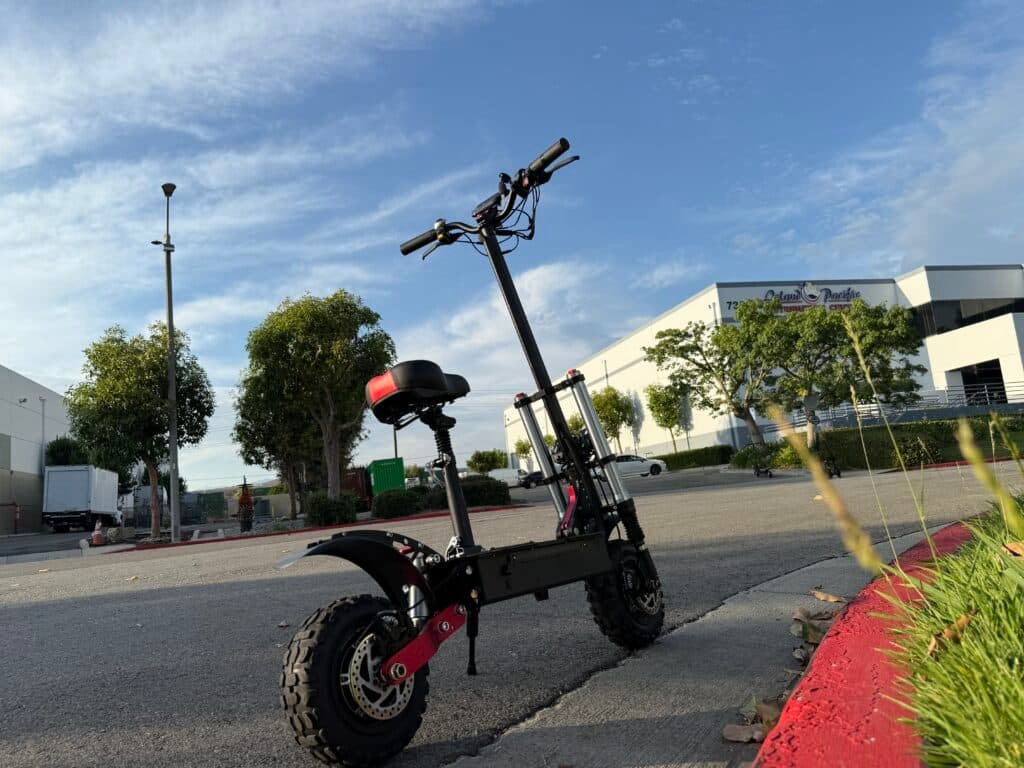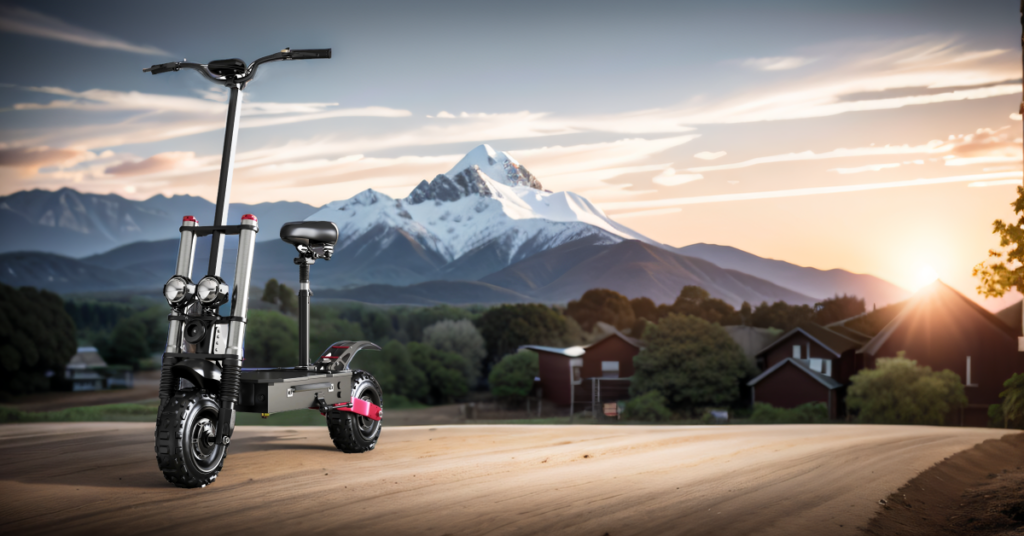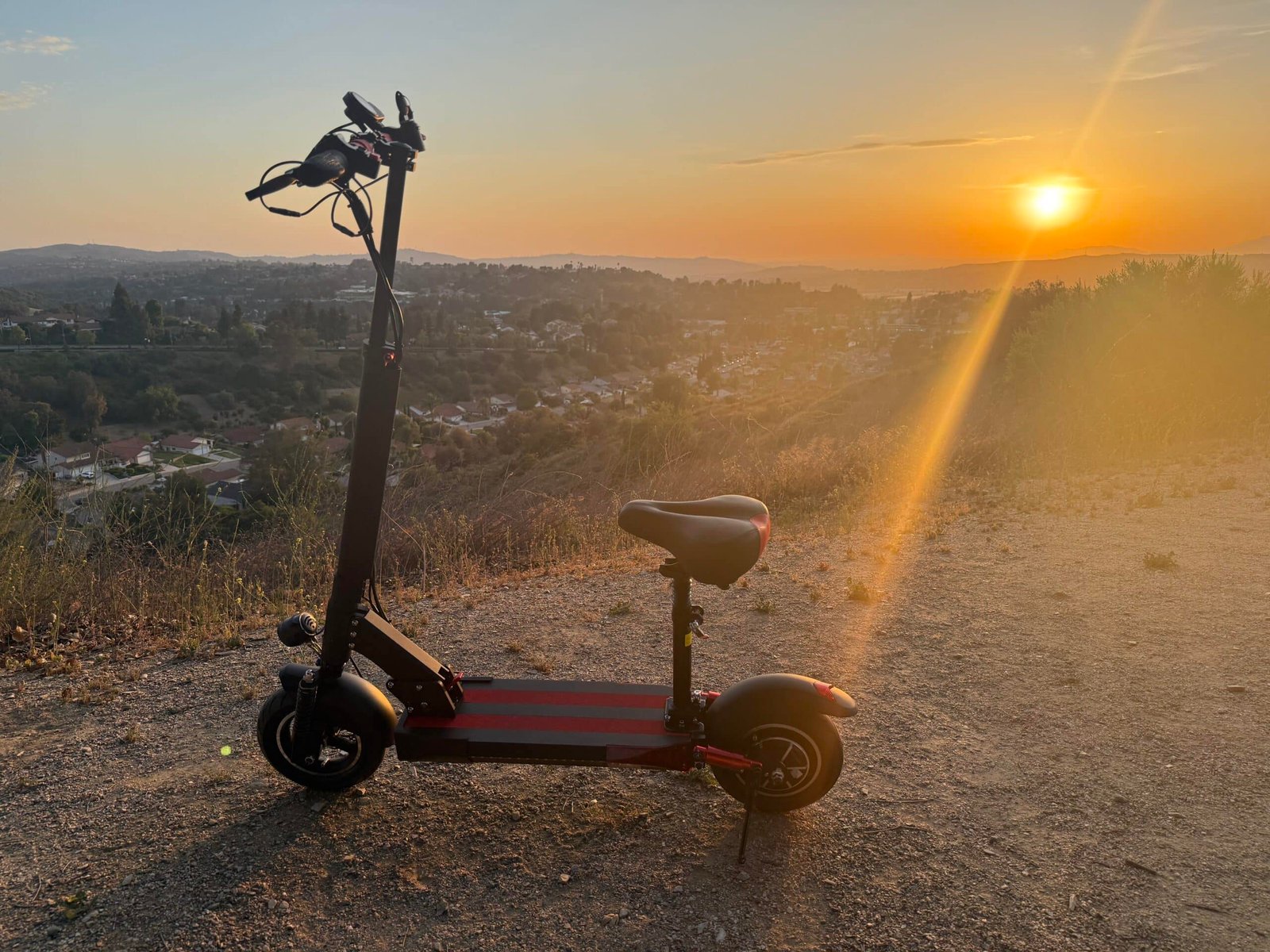Where can electric scooters be used?
Electric scooters are fun, efficient, and easy to use—but can they really be used anywhere? People love the freedom they offer, but it’s important to know where that freedom ends.
Electric scooters are mostly used in cities, campuses, and neighborhoods, but they cannot be ridden on highways, in some mountainous areas, or in places where local laws prohibit them.

Electric scooters have quickly become a favorite choice for short-distance travel. They're light, simple, and eco-friendly. That’s why I often see people commuting on scooters in Santa Ana or riding through a college campus near Irvine. But there are limits. You shouldn’t ride them on high-speed roads or take them up rough, steep trails in the mountains. Let’s break down where they’re best used—and where they’re not allowed.
Where are electric scooters used the most?
Electric scooters show up in places where people want quick and flexible movement without parking stress.
Most electric scooters are used in urban centers, university campuses, and residential neighborhoods. They are ideal for last-mile transport, short commutes, and getting around tight or crowded spaces.

Electric scooters really shine in cities. People use them for commuting from the bus stop to the office or from an apartment to a local café. In downtown areas, they’re more convenient than cars. On campuses, students often rely on scooters to get from class to class, especially when they’re running late.
Main use cases by environment
| Environment | Typical Use | Benefits |
|---|---|---|
| City Streets | Last-mile commutes | Fast, avoids traffic |
| Campuses | Student transport | Saves time, low cost |
| Suburbs | Local errands | No need for car |
| Tourist Areas | Sightseeing | Fun, accessible |
| Parks & Trails (flat) | Leisure rides | Quiet, smooth experience |
These areas have a few things in common: lower speed roads, safe sidewalks or bike lanes, and users who want to move quickly without a full car ride. In these places, electric scooters are not just allowed—they’re encouraged.
Where can electric scooters not be used?
Even though scooters are flexible, there are still many places where riding them is not a good idea—or even illegal.
Electric scooters are not allowed on highways, in some national parks, in certain public indoor spaces, or in areas where local laws prohibit them due to traffic or safety concerns.

Some roads are just not meant for scooters. You should never ride on highways or freeways. Even if your scooter is fast, it’s not built to keep up with traffic going 60 or 70 miles per hour. Also, certain areas, like hilly mountain roads or protected parks, often ban scooters because they can’t handle rough terrain, or because their presence causes too much disruption.
Restrictions by location type
| Area | Can Scooters Be Used? | Reason for Restriction |
|---|---|---|
| Highways | ❌ No | Too dangerous, not fast enough |
| Steep Mountain Trails | ❌ No | Wheel/tire limitations, unsafe terrain |
| Indoor Public Spaces | ❌ No | Noise, crowding, legal limits |
| Pedestrian Malls (some) | 🚫 Maybe | Some cities ban due to sidewalk clutter |
| National Parks | 🚫 Maybe | Depends on park rules and trail types |
I always suggest checking your local rules before riding. In California, for example, you need to ride in the bike lane when possible, and helmets are a must under a certain age. Ignoring local laws not only risks fines, but it also gives a bad name to the whole scooter community.
Are scooters illegal somewhere?
Some cities have gone so far as to completely ban scooters or limit their usage due to misuse or accidents.
Yes, electric scooters are banned or restricted in certain cities due to safety issues, traffic problems, or misuse in public spaces. However, most places allow them with specific rules.
Many cities welcomed electric scooters1 at first, especially when ride-sharing services2 started dropping them on every street corner. But then problems started. Scooters were blocking sidewalks, people were riding without helmets, and accidents increased3. That’s when cities like Paris, Barcelona, and some areas of New York began pushing back.
Cities with restrictions or bans
| City | Type of Restriction | Reason |
|---|---|---|
| Paris, France | Banned shared scooters | Clutter, safety, traffic issues |
| Barcelona, Spain | Restrictions on where to ride | Pedestrian safety |
| New York, USA | Certain boroughs still restrict | Regulatory differences |
| Beijing, China | Partially banned in central zones | Traffic control |
| London, UK | Allowed only under rental programs | Safety trial |
But these are exceptions. Most places understand the benefits of electric scooters—lower emissions, less traffic, and a fast commute. What they really want is better rules and smarter infrastructure.
How far can most electric scooters go?
Scooter range is one of the first things I check when choosing a model, especially if I plan to combine it with car or train travel.
Most electric scooters can go between 30 km to 100 km (18 to 62 miles) on a single charge, depending on the model, terrain, rider weight, and battery size.

For daily rides around the city or commuting to the train station, a 30 km range is often enough. But for delivery use or longer suburban routes, I recommend something closer to 60–100 km. My customers often combine their scooters with public transportation or car trips. That way, they never worry about running out of power halfway.
Factors affecting scooter range
| Factor | Impact on Range |
|---|---|
| Battery capacity | Larger battery = longer range |
| Rider weight | Heavier rider = shorter range |
| Terrain | Hills and rough paths use more power |
| Tire type | Off-road tires = more resistance |
| Speed mode | High speed drains battery faster |
When I advise customers, I always suggest thinking about their real riding habits. Will they use it daily or just for weekends? Do they plan to climb hills? Do they want something lightweight or powerful? These choices affect range—and more importantly, their satisfaction.
Conclusion
Electric scooters are great for cities, campuses, and neighborhoods, but they’re not made for highways or steep mountain trails. In most places, they are allowed and even encouraged—but local rules still apply. Choose the right range for your use, and always ride smart.
Table of Contain
-
Exploring this resource will provide insights into the impact of electric scooters on city infrastructure and safety. ↩
-
This link will help you understand the broader implications of ride-sharing services on city mobility and planning. ↩
-
Understanding the statistics can shed light on safety concerns and the need for regulations regarding electric scooters. ↩






